As China’s manufacturing engine slows, Europe’s electronics sector is feeling the strain. The continent’s share of global PCB (printed circuit board) production has collapsed over the past two decades, deepening reliance on imports at a time of fractured supply chains. Can automation, flexibility, and durable equipment help Europe regain its footing in electronic manufacturing? Jérôme Clouet, Product Manager at Panasonic Factory Solutions, shares his perspective.
China’s manufacturing sector is facing persistent contraction. In August, its Purchasing Managers’ Index (PMI)—a composite indicator based on monthly surveys of purchasing managers from major companies across the world’s largest economies—stood at 49.4, marking the fifth consecutive month of decline amid sluggish domestic demand and an ongoing property crisis.
For Europe, this slowdown is ambivalent. On the one hand, it helps curb imported inflation, which dropped to 1.9% in May 2025 in the euro area. On the other hand, it highlights the fragility of Europe’s industrial base. The continent’s share of global printed circuit board production fell from around 16% in 2000 to just 2.3% in 2022, deepening its reliance on imports. Meanwhile, the U.S.–China trade war and the fragmentation of global value chains underscore the urgent need for a European strategy focused on modernization.
Jérôme Clouet is Product Manager at Panasonic Factory Solutions, overseeing equipment used in the electronics industry for the production of printed circuit boards. Panasonic serves a wide range of sectors, including automotive, aerospace, medical, and contract manufacturing—supporting the creation of products ranging from coffee machines to satellites and medical devices.
According to him, three imperatives stand out to help Europe regain competitiveness. First, automation—essential to restoring competitiveness. Second, flexibility, as the growing product mix requires lines that can adapt quickly to shifting demand. And third, equipment durability, with machines expected to operate longer under tighter margins.
Read the Full Interview
Is China’s manufacturing slowdown a threat to European industry—or, on the contrary, an opportunity for reshoring and moving up the value chain?
Jérôme Clouet: “From Panasonic’s perspective, what we see is that China remains a highly dynamic market with strong demand for electronic development. For our European clients, this is not necessarily a threat but rather a challenge—and an opportunity to adapt. It creates awareness and drives priorities around sovereignty and industrial resilience. Competing with Asia requires higher productivity and greater innovation, particularly through automation of production lines. So we don’t view China’s slowdown as a menace, but as part of an ongoing exchange. Production is indeed being reshored in certain areas. It’s not an overnight shift, but decisions are being made and changes are underway.”
Do you see reshoring as a recent, cyclical reaction to the current context—or as a deeper trend that’s gaining real traction?
Jérôme Clouet: “It’s definitely becoming a stronger trend. For our European clients, the focus today is on how to secure sovereignty, production capacity, and responsiveness within Europe to meet local demand. The introduction of tariffs is reshaping the landscape: delivery times, productivity, transportation costs—all of these are being affected. In many cases, tariffs are actually accelerating decision-making, encouraging companies to bring production back to Europe.
We already see some clients studying or initiating moves to relocate parts of their operations within Europe. For Panasonic, the interesting part is supporting them in this process, helping them increase automation and productivity. That’s where our exchanges take place: providing solutions for equipment management, enabling them to serve their customers quickly, and offering a more autonomous European production base that’s less exposed to tariffs and geopolitical uncertainty.”
But concretely, what role can Europe really play in the global electronics value chain?
Jérôme Clouet: “Europe’s potential lies in how it manages materials and production flows. That’s the key factor today. Clients no longer produce for stock—we see this clearly in the automotive sector, which has been a pioneer in this respect. When you order a car, it’s built to demand; there’s no inventory waiting. The same logic applies to electronics. Europe’s role is to respond quickly and produce in line with fast-changing demand. Final customers expect shorter lead times, and relocating production to Europe allows manufacturers to meet those expectations more effectively.”
You advocate for “autonomous manufacturing.” How can this approach really help Europe regain competitiveness compared to Asia?
Jérôme Clouet: “The concept of the autonomous factory is something we’re implementing with our clients. It involves collaboration between software, artificial intelligence, and robots that assist production. Over the coming years, the goal is to have fully integrated production lines—machines communicating with each other, sharing process information, and helping reduce line stoppages. For example, the system can alert operators when materials are missing to prevent production downtime.
We also use what we call the 5M methodology—measurement, methodology, and predictive analytics. This helps clients in two ways: first, by preventing unnecessary routine maintenance; second, by predicting when maintenance is actually needed to avoid unexpected stoppages. Our software and connected production lines enable communication between machines and operators, boosting both efficiency and responsiveness.
The ultimate goal is productivity gains, which translate into economic benefits and faster reaction times. Automation also supports material handling and machine monitoring, which are the two key areas our clients focus on. This is especially important in Europe, where many subcontractors operate small to medium production runs and require rapid responsiveness.”
Can you share a concrete example?
Jérôme Clouet: “One example is our client ZF Automotive in the UK. They’ve already achieved productivity gains through initial automation using our software. Full automation will be implemented over the next five years, but the planning and early steps are already underway.”
What exactly have you automated so far with them?
Jérôme Clouet: “We already have all the supervision software in place. This includes material supply management, where operators receive information about the quantities of components to be used, helping prevent production stoppages. We also have predictive maintenance for equipment and component feeders, which allows us to anticipate when maintenance is needed.
We’ve conducted case studies in Asia with some clients, and we immediately see productivity gains—usually double-digit, around 10% or more. This already gives a clear indication of the potential benefits and trends.
In Panasonic’s complete solution, our software is also open, because an electronics production line involves multiple manufacturers. Panasonic only produces certain parts of a production line, so our systems need to integrate with other software. We maintain partnerships and communication loops with over 70 manufacturers. This covers everything from component towers and delivery, to production lines, and even visual inspection of components for quality control. If a machine detects a defect, our systems communicate the information, allowing for immediate corrective action.”
What are the main barriers for European companies when it comes to adopting or moving toward greater automation?
Jérôme Clouet: “One of the first obstacles is the clients’ infrastructure. Many factories are quite old, with existing pylons and layouts that weren’t designed for automation. Integrating AGVs or AMRs requires space to move, so one key question is whether the factory has enough room for them.
Another challenge is the layout itself. As factories expanded, they added multiple production lines and often reduced the space between lines to maximize equipment. Moving to automation may require different equipment placement, which can be a barrier.
As suppliers, none of us are fully ready to implement complete automation immediately. The key now is to plan for deployments over the next five years. The first step, which is happening today, is to achieve productivity gains and optimize performance on electronic production lines. After that, full automation can follow.”
With the growing demand for more customized and small-batch production, how do your solutions support this need for flexibility?
Jérôme Clouet: “We have a modular concept that adapts to the client’s specific requirements. Our machines have a large feeder capacity—the number of components that can be loaded—and the modular solutions help manage this setup efficiently. Inter-machine communication is also crucial.
One key element is automatic production changeovers. At the start of a line, a program change is applied across the entire SMT line. This includes communication with other suppliers on the line. The machine-to-machine interaction allows immediate program adjustments and corrections. Essentially, it’s artificial intelligence in action—information is processed and corrected in real time to prevent delays or production stoppages.
For small and medium series, component supply is a major factor. During COVID, and even today, component availability has been a challenge due to high demand and staggered deliveries from multiple suppliers. If even one component is missing, an electronic board cannot be produced. This is where our software helps. It informs the operator whether all components are available for production. This enables efficient planning and organization to ensure the necessary materials are ready for manufacturing.”
What about extending equipment lifespan? What innovations does Panasonic offer to make its machines more robust and adaptable?
Jérôme Clouet: “Panasonic is a Japanese company, and in Japanese culture, production equipment is treated almost like part of the family. It’s an asset that generates revenue, so it must be well cared for. Our equipment is built with that philosophy in mind: machines are designed to last.
For example, at ZF, the client I mentioned earlier, they are still using machines that are over 20 years old. Even after two decades, we can maintain these machines through software updates. Our software is adapted not only to new machines but also to older ones, ensuring continued connectivity.
Regarding hardware, all the materials used in our machines are designed for modification and repair, extending the equipment’s lifespan. Today, the main hardware challenge for our equipment is helping clients place the smallest components available. Machines from 20 years ago aren’t capable of handling the tiniest modern components. For example, our latest machine can place components as small as 150 by 200 microns—essentially the size of a grain of sand. Older machines simply can’t meet these requirements, although they still meet certain component standards.
Clients like ZF currently have machines that perform very well. However, after 20 years, some parts inevitably become obsolete, and older machines may no longer be able to place the components needed for current production. This is often how equipment upgrades or replacements happen.”
What about changing connectivity standards that can make older machines obsolete?
Jérôme Clouet: “We continuously update our software to evolve with new standards. Security is also critical—our clients need protection against hacking, so our systems comply with the latest protocols and standards. For example, our programming software can operate all machines, from the oldest to the newest, without forcing clients to replace equipment. In some cases, we can upgrade electronic boards to increase computing power, making the machines adaptable to new requirements.”
One solution some players on the market propose is “no programming.” Is this an approach Panasonic is exploring?
Jérôme Clouet: “When it comes to digitalization and programming assistance, programming will always be necessary. Why? Because electronic boards have variations. The same board can offer different options for the final product. So programming remains essential.
However, we have software that assists operators, often through a tablet, making programming easier. This is particularly important for prototypes—many European clients produce 15 to 20 prototypes per day—so quick changeovers and setup are critical.
Regarding component supply, especially lessons learned from COVID, we introduced features like the “substitute part library.” If a component from supplier A is unavailable, the system can use supplier B’s component with minor adjustments, avoiding the need for reprogramming. These developments are part of our Operation and Maintenance (ONM) activities.
We also focus on overall equipment efficiency (OEE), optimizing machine performance. We perform diagnostics to measure productivity; sometimes clients’ internal measures underestimate what machines can achieve. Our software and ONM activities help bridge that gap.”
And looking ahead to 2030, how do you envision the European smart factory?
Jérôme Clouet: “By 2030, we expect partially autonomous factories with minimal operators, greater interactivity between machines and humans, and digitalized supervision. Flexibility, intercommunication, and material management will be fully integrated to ensure responsiveness to market demands. The smart factory will be efficient, adaptive, and highly reactive—this is the goal we are confident Europe will achieve.”
READ ALSO
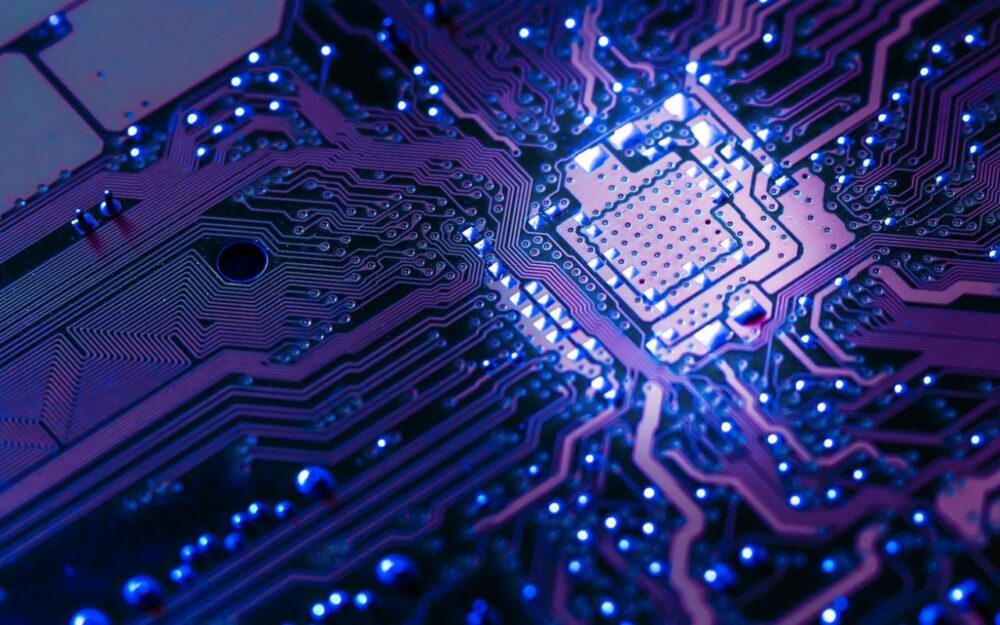

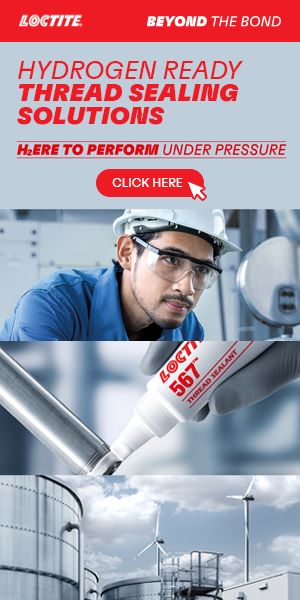


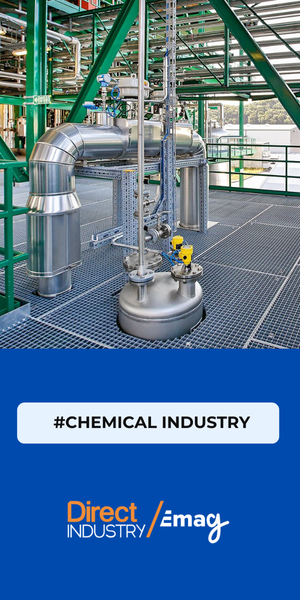
![Image [BUYING GUIDE] How to Choose the Right Industrial Robot?](/wp-content/uploads/sites/3/Industrial-Robot-320x213.jpg)
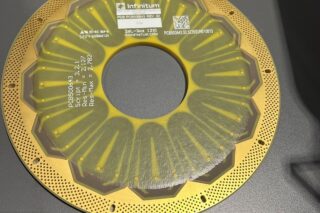
![Image [Buying Guide] How to Choose the Right Safety Shoes?](/wp-content/uploads/sites/3/Safety-Shoes-320x213.jpg)
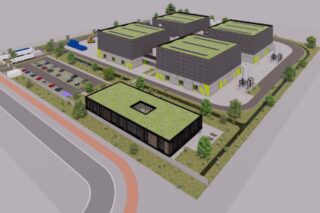
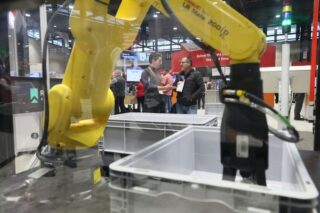
![Image [Buying Guide] How to Choose the Right AMR?](/wp-content/uploads/sites/3/AMR-320x213.jpg)